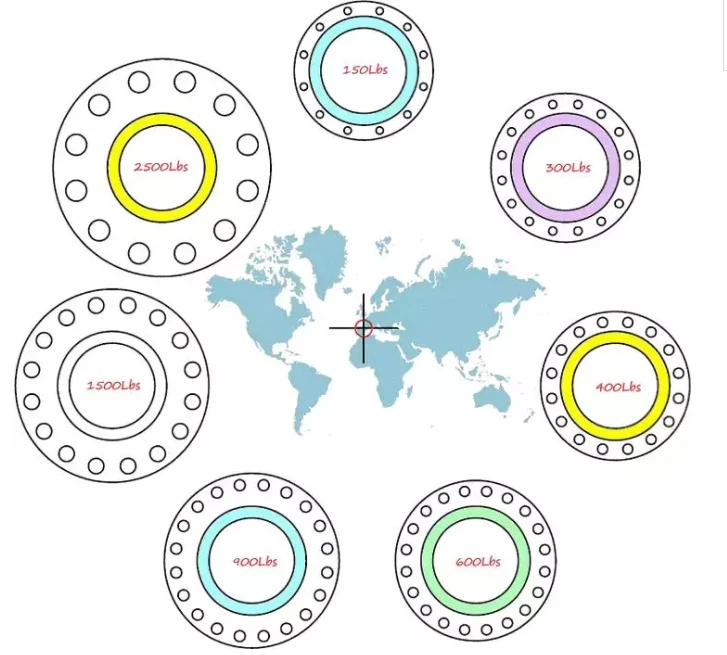Jan . 25, 2025 01:00
The intricacies of selecting a butterfly valve, particularly in relation to price, are often underestimated. For many industries, this component is a fundamental part of operations, and its price point can have significant implications for both budgets and the efficiency of industrial processes. Understanding the variables that influence the cost of butterfly valves is vital for industry professionals looking to make informed purchasing decisions.

First and foremost, let's discuss the different types of butterfly valves and how they affect pricing. There are several varieties, including concentric, double-offset, and triple-offset butterfly valves, each designed for specific applications and pressure levels. Concentric valves are typically the most budget-friendly, suitable for lower-pressure scenarios where the sealing requirements are not as stringent. In contrast, double-offset and triple-offset butterfly valves offer enhanced durability and resistance to harsh conditions, which generally makes them more expensive due to their sophisticated design and materials.
Material composition is another critical element influencing the cost of butterfly valves. Common materials include cast iron, stainless steel, carbon steel, and plastic. Cast iron valves, often the least expensive, provide adequate performance for many applications, but may not withstand corrosive environments. Stainless steel valves are more costly but are favored for their superior strength and corrosion resistance, making them ideal for chemical, oil, and gas industries. Carbon steel and plastic are selected based on specific needs and budget constraints, balancing cost with functionality.

The size of the valve is also a decisive factor in pricing. Larger valves require more material and more complex manufacturing processes, leading to higher costs. An intricate balance must be struck between the operational requirements of the system the valve will serve and its cost. Buying the incorrect size can result in significant financial and operational repercussions, underscoring the importance of precise measurement and specification.
Manufacturing standards and certifications can further drive the price. Valves that adhere to international standards such as ISO, ANSI, or API typically cost more due to the rigorous testing and quality assurance processes they undergo. However, these standards are essential for ensuring compatibility and performance within various industrial applications. While the upfront cost might be higher, investing in certified valves can lead to longer-term savings by minimizing maintenance needs and operational downtime.
2 butterfly valve price
Customization is yet another consideration. Some applications require valve modifications, such as special linings, coatings, or actuator fittings, which can add to the overall price. These modifications are often necessary to meet specific industrial requirements, such as acidity resistance or high-temperature endurance, and are determined by the operational context in which they're deployed.
When looking at the butterfly valve market, it's crucial to consider the supply chain dynamics as well. The existence of multiple intermediaries such as distributors and retailers can inflate prices with each added layer in the distribution channel. Sourcing directly from manufacturers — a strategy more feasible with larger orders — can mitigate these markups and offer substantial savings.
In terms of purchasing strategy, it is wise to engage with suppliers who can offer not just a product, but a partnership. Look for suppliers with a proven track record of reliability, customer support, and after-sales service. This is crucial because the true cost of a butterfly valve extends beyond the initial purchase; it includes the lifecycle cost of maintenance, potential downtime due to failure, and ease of replacement. Trustworthy suppliers will stand by their products and provide the necessary support to ensure long-term satisfaction and functionality.
In conclusion, while the price of a butterfly valve can vary widely based on type, material, size, certification, and customization, careful consideration of these factors will guide buyers to the best value for their specific needs. Making an informed decision requires balancing immediate cost with long-term benefits, ensuring operational efficacy, and fostering productive supplier relationships. The ultimate goal is to achieve the optimal blend of quality, reliability, and cost, ensuring the seamless flow of processes and contributing to overall industrial success.


 Call us on:
+86-311-86935302
+86-311-86935302
Call us on:
+86-311-86935302
+86-311-86935302
 Email Us:
info@thriveonvalve.com
Email Us:
info@thriveonvalve.com South of Huanmadian Village Town, Ningjin County, Xingtai, Hebei Province, China
South of Huanmadian Village Town, Ningjin County, Xingtai, Hebei Province, China